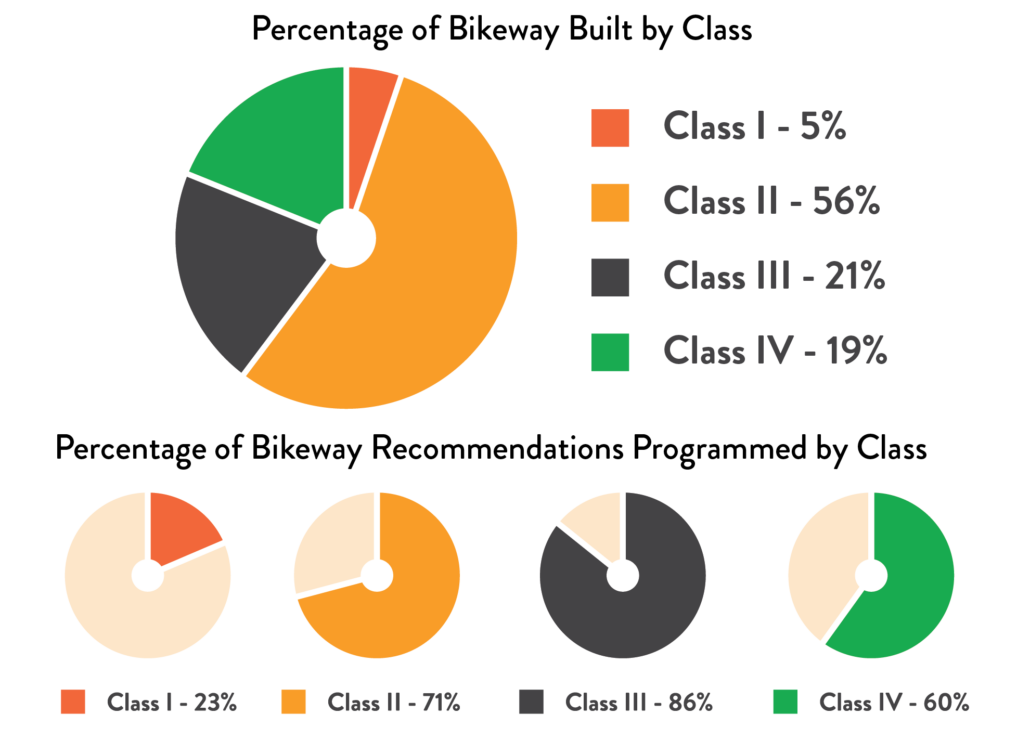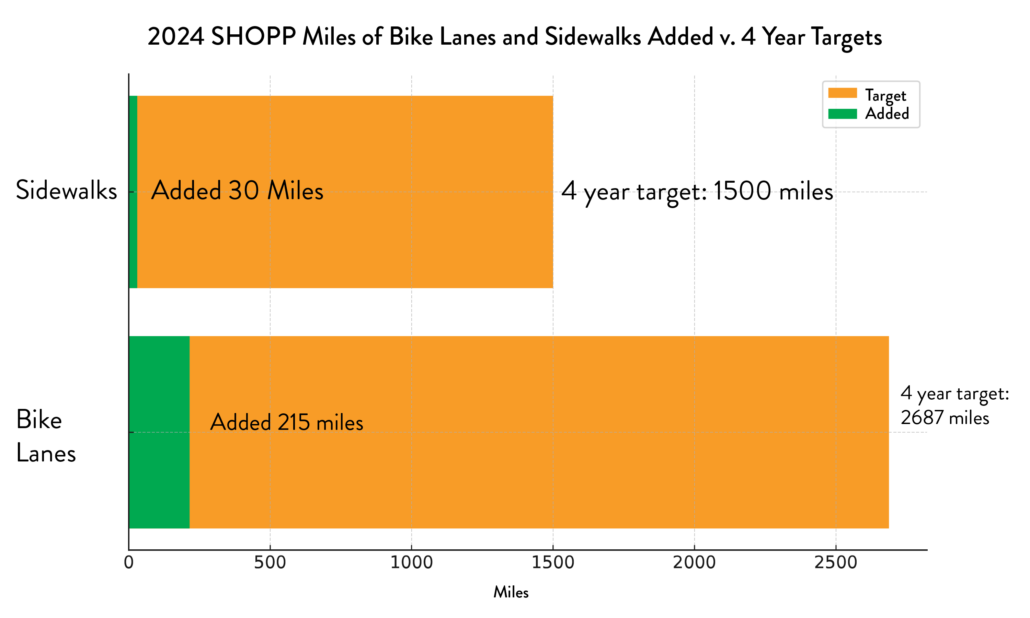CalBike Launches Statewide Working Group to Study E-Bikes and Electric Mobility Devices
FOR IMMEDIATE RELEASE
Contact: Kevin Claxton, Advancement Director, CalBike, (909) 274-0137, kevin@calbike.org
SACRAMENTO, California, Oct 14, 2025 – The California Mobility Fund, a 501(c)3 and sibling organization of the California Bicycle Coalition, has convened the California Independent Electric Mobility Council, a first-of-its-kind statewide working group. The mission of the council is to bring order and vision to the fast-changing landscape of e-bikes and other small electric mobility devices, so that they can be safely and fairly integrated into California’s networks of streets, bikeways, and shared-use paths.
The California Mobility Fund focuses on educational and research-oriented work to advance bicycling and safe streets. Paired with the advocacy efforts of 501(c)4, the California Bicycle Coalition, the two organizations are known collectively as CalBike.
Concerns about unregulated e-mobility devices sold in California, such as e-bikes and e-motos, have led to a hodgepodge of local and state legislation, but the state lacks a unifying voice to bring the full range of concerns to the table and offer actionable solutions. Concerns about “e-bikes” traveling faster than the 28-mph top speed allowed under California law are understandable. But regulations that broadly limit e-bikes may negatively affect those using legal e-bikes and other devices for shorter commute distances and climate-friendly transportation.
“We need a better way to approach e-mobility regulation,” said CalBike Executive Director Kendra Ramsey. “The first step is to bring all the stakeholders together. That’s the purpose of the California Independent Electric Mobility Council.”
The Independent Electric Mobility Council represents a diverse group of transportation, safety, and public health experts. Over the next nine months, the Council will work to develop updated guidance, policy recommendations, and educational resources to address this complex mix of electric mobility devices.
In conjunction with the Council, CalBike will implement a statewide communications campaign to dispel misconceptions, share safety practices, and educate road users and California decision-makers alike.
Members of the Council include representatives from the California Emergency Nurses Association, the Motorcycle Industry Council, the Mineta Transportation Institute, Ecology Action, PeopleForBikes, the City of Santa Cruz, the California DMV and Department of Public Health, Alta Planning + Design, Lyft Urban Solutions, the Marin County Bicycle Coalition, Streets Are For Everyone, and VoltVerified. The program is funded by a contribution from Honda.
CalBike responds to a changing e-bike landscape
CalBike has long taken the lead in helping Californians adopt sustainable, low-cost, active transportation. Our work was key to securing funding for the statewide e-bike incentive program for low-income Californians that has given out hundreds of vouchers in its first year.
But in recent years, we’ve also seen new vehicles enter the bike lane — small electric mopeds, e-dirt bikes, e-unicycles, electric scooters and skateboards, and electric autonomous delivery bots, just to name a few. Numerous communities across California have passed measures to restrict and regulate who can ride which devices and where they can ride them.
This piecemeal effort opens the door for local police to target youth of color, and writing tickets on the bike path doesn’t address the bigger issues of education for all road users and the need for safe spaces to ride and recreate. All too often, regular folks riding bikes pay the price, with their access to safe off-street trails and paths restricted.
With the creation of the California Independent Electric Mobility Council, CalBike seeks to remedy this and provide models for e-mobility regulation that can be used across California.




